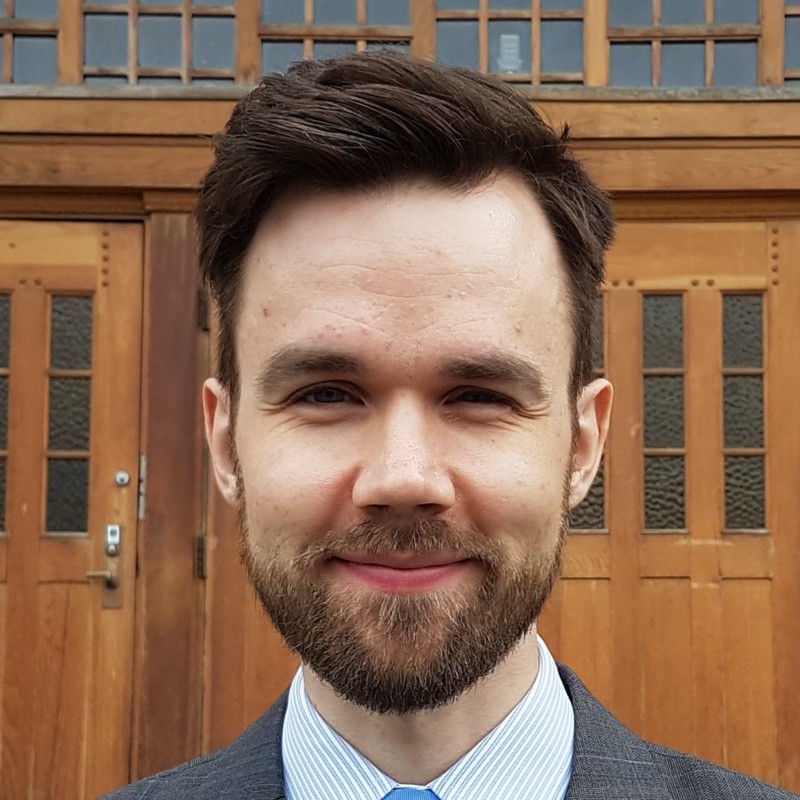Control-centric modelling of fixed-wing UAV
Background
Commercial off-the-shelf (COTS) autopilots are widely available for UAVs. These include proprietary commercial systems such as MicroPilot, Kestrel and Cloud Cap Piccolo, as well as open-source systems such as Paparazzi, Pixhawk, PX4 and ArduPilot. A common feature is that their design and basic control algorithms are similar to conventional aircraft, and thus largely limited by linear theory, which again implies that the system is designed to operate within a conventional flight envelope to avoid that the closed-loop system violates the linear assumption.
Limitations in flight control performance are obviously determined by the accuracy of the above mentioned models and the structure of the control algorithm. So in order to push the capabilities of fixed-wing UAVs further, better models are needed. This includes models that are a good representation of both the linear and nonlinear flight regions, and that they have a structure that allows use in potentially resource-demanding algorithms, such as model predictive control, in resource-limited autopilots.
Scope
The goal with this project is to investigate different ways of representing an aerodynamic model of a fixed-wing UAV in a computationally efficient manner, for use in model-dependent control and estimation algorithms.
Proposed tasks
- Investigate methods for modelling fixed-wing UAVs, such as Khan and Nahon (2016), Cunis, Burlion, and Condomines (2019) and Pucci (2019), see references.
- Identify model parameters based on existing data from flight data or wind tunnel experiments, see Gryte et al. (2018).
- Conclude the work in a written report
Possible extensions for the master thesis include
- implementation and flight testing of model-based controllers for agile control of fixed-wing UAVs, see e.g. Bulka and Nahon (2019), to achieve autonomous fixed-wing aerobatics
- implementation and flight testing of model-based estimators, for e.g. online fault detection such as de-icing
- design and perform optimal experiments to identify model parameters from flight logs
Prerequisites
This is a list of recommended prerequisites, more to signal what it will involve than to be used as a filter on candidates.
- Strong background in rigid body dynamics, such as TTK4190 Guidance and Control of Vehicles and TTK4130 Modelling and Simulation
- Knowledge of modelling of dynamical systems. One example is TTK4260 Introduction to Multivariate Data Modelling
- Ideally knowledge and interest in fluid/aerodynamics, through e.g. TEP4100 Fluid Mechanics or TEP4160 Aerodynamics
Contact
Contact supervisors Kristoffer Gryte, Dirk Reinhardt, Erlend Coates or Tor Arne Johansen for more information.
References
Bulka, Eitan, and Meyer Nahon. 2019. “Automatic Control for Aerobatic Maneuvering of Agile Fixed-Wing UAVs.” Journal of Intelligent & Robotic Systems 93 (1): 85–100.
Cunis, Torbjørn, Laurent Burlion, and Jean-Philippe Condomines. 2019. “Piecewise Polynomial Modeling for Control and Analysis of Aircraft Dynamics Beyond Stall.” Journal of Guidance, Control, and Dynamics 42 (4): 949–57. https://doi.org/10.2514/1.G003618.
Gryte, Kristoffer, Richard Hann, Mushfiqul Alam, Jan Roháč, Tor Arne Johansen, and Thor I. Fossen. 2018. “Aerodynamic Modeling of the Skywalker X8 Fixed-Wing Unmanned Aerial Vehicle.” In 2018 International Conference on Unmanned Aircraft Systems (ICUAS), 826–35. IEEE.
Khan, W., and M. Nahon. 2016. “Modeling Dynamics of Agile Fixed-Wing UAVs for Real-Time Applications.” In 2016 International Conference on Unmanned Aircraft Systems (ICUAS), 1303–12. https://doi.org/10.1109/ICUAS.2016.7502599.
Pucci, D. 2019. “On the Existence of Flight Equilibria in Longitudinal Dynamics.” In 2019 Ieee 58th Conference on Decision and Control (CDC), 5894–9. https://doi.org/10.1109/CDC40024.2019.9029358.
